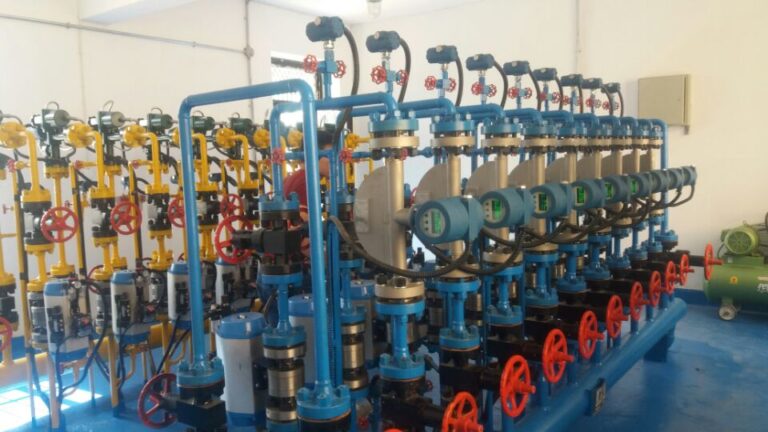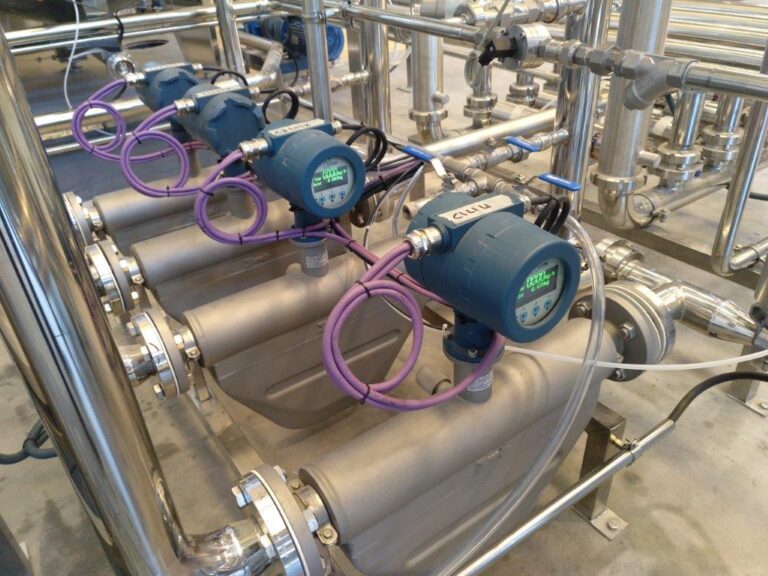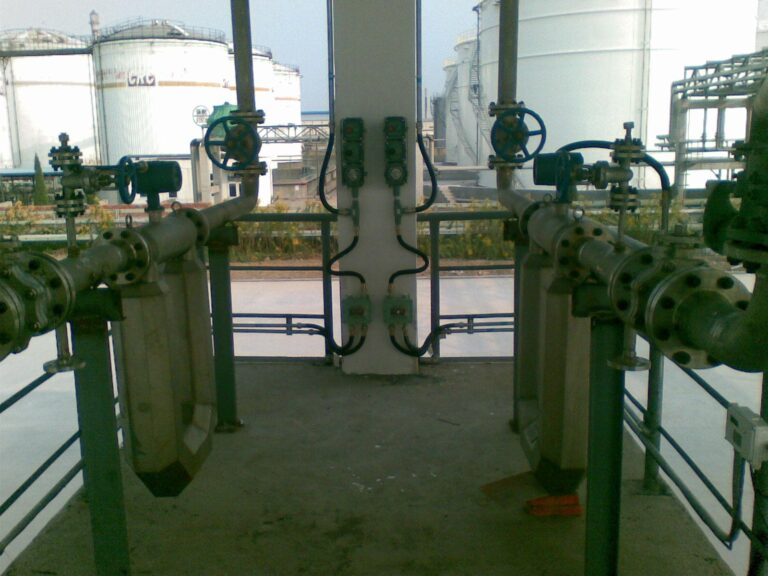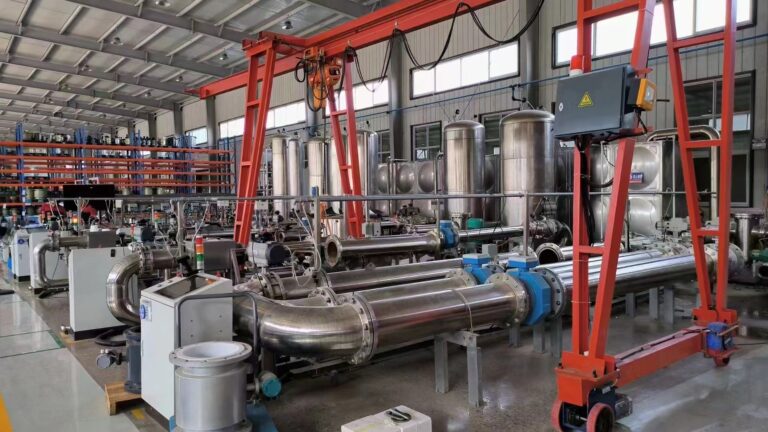Mass flow meters are critical instruments in industrial applications, ensuring accurate measurement of the mass flow rate of fluids such as gases, liquids, and slurries. These meters are widely used in industries like oil and gas, chemicals, pharmaceuticals, and food processing. To ensure that mass flow meters function optimally and provide precise measurements, regular calibration is required. During calibration, a test medium is used to simulate real-world conditions and validate the meter’s accuracy.
Choosing the appropriate test medium for mass flow meter calibration is essential, as it directly impacts the calibration process’s precision and reliability. Below are the key requirements for selecting the right test medium.
1. Stability of the Medium
The test medium should have stable physical and chemical properties during the calibration process. Stability is essential because any changes in the properties of the medium—such as density, viscosity, or temperature—could introduce errors in the mass flow meter’s readings. In the case of gases, the compressibility factor must be stable, while for liquids, the viscosity should remain constant within the calibration conditions.
For gases, the temperature and pressure must be closely monitored, as changes can significantly affect the gas’s density and flow characteristics. Liquids are generally more stable, but temperature variations can still cause changes in density and viscosity, impacting measurement accuracy.

2. Measurability of the Mass Flow Rate
The test medium must allow for precise measurement of the mass flow rate. This is often done by using a reference standard, such as a highly accurate turbine or coriolis flow meter, that measures the actual flow of the medium. The properties of the test medium, including density, must be well-defined and known, allowing for accurate conversion between volumetric flow rates and mass flow rates.
For gases, the ideal test medium is one whose density and flow properties are well-documented, enabling accurate calculations based on known equations of state for the gas. Liquids are generally more straightforward to measure because their density and viscosity are usually constant under controlled conditions.
3. Compatibility with the Mass Flow Meter
The selected medium should be compatible with the type and material of the mass flow meter. Mass flow meters come in various types, such as Coriolis, thermal, and vortex meters, each with different design characteristics. For example, Coriolis mass flow meters are sensitive to changes in the medium’s density and viscosity, so the calibration fluid must match the density and flow characteristics of the fluid typically measured in the application.
The test medium must not be chemically reactive with the materials used in the flow meter. For instance, corrosive or reactive fluids could damage the internal components of the meter, leading to inaccurate readings or even failure of the equipment.
4. Representative of Actual Operating Conditions
The test medium should ideally mimic the real-world conditions under which the mass flow meter will be used. In most industrial applications, mass flow meters are employed to measure specific gases, liquids, or slurries under particular pressures, temperatures, and flow rates. It is essential that the calibration fluid reflects the characteristics of the fluid being measured in the actual application.
For instance, if the meter will measure a high-viscosity fluid, the test medium should also have a similar viscosity to ensure that the calibration is accurate across a range of flow conditions. Similarly, if the mass flow meter will be used to measure natural gas, the calibration gas should have comparable properties, such as temperature, pressure, and density, to those of the natural gas.

5. Control and Accuracy of Flow Rate
It is crucial to be able to precisely control and measure the flow rate of the test medium during the calibration process. Flow control devices, such as precision pumps, flow controllers, and regulators, are used to ensure a stable and consistent flow of the medium. The flow rate of the medium should be varied across the operational range of the mass flow meter to ensure that the meter is accurately calibrated at different flow rates.
In cases where the flow rate is not consistent or fluctuates, calibration results may be inaccurate, leading to erroneous measurements during real-world operations. The test medium’s flow rate should be carefully monitored and adjusted throughout the calibration process.
6. Safety Considerations
Safety is a critical aspect when selecting the test medium, especially when dealing with hazardous or flammable fluids. The medium should be non-toxic, non-flammable, and non-corrosive (unless the meter is specifically designed for corrosive environments). Additionally, the medium should be safe for operators to handle and not pose any significant risk of harm under the conditions of the calibration process.
For instance, when using pressurized gases or liquids, proper safety protocols must be in place to prevent leaks, explosions, or exposure to harmful chemicals. The test medium should also be free of contaminants that could affect the safety and accuracy of the calibration process.

7. Common Test Media for Mass Flow Meter Calibration
Various fluids can be used for mass flow meter calibration, depending on the type of flow meter and the application. Some of the most common test media include:
- Air: Frequently used for calibrating mass flow meters designed to measure gases. It is widely available, and its properties are well-documented, making it a popular choice for calibration.
- Nitrogen: Often used as a substitute for air when more precise control over the gas’s density and flow rate is required.
- Water: Commonly used for calibrating mass flow meters designed for liquids. Its stable properties, availability, and well-known density make it an ideal choice for calibration in many industries.
- Oil: Used for calibration when the flow meter is intended for use with oils or other viscous liquids. Special care must be taken to ensure that the oil’s viscosity is well-controlled during calibration.
- Specialized Fluids: In some cases, a specialized fluid is required to calibrate a mass flow meter for a particular application. These could include chemicals, food-grade liquids, or other substances specific to the industry.

Conclusion
Choosing the right test medium for mass flow meter calibration is essential to ensure accurate and reliable performance. The selected medium must be stable, measurable, compatible with the meter, representative of actual operating conditions, and controllable under the calibration process. Additionally, safety must be a top priority when selecting and handling calibration fluids.
By adhering to these requirements, calibration ensures that mass flow meters provide precise measurements in real-world applications, supporting operational efficiency, product quality, and safety across various industries.
